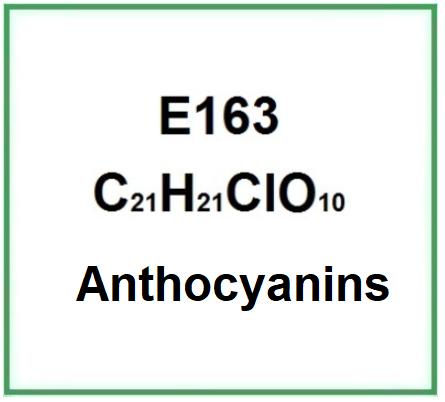![]() E163
E163
Rating : 6
E163 represents a group of colours on the European food additives list, the anthocyanins.Anthocyanins is a group of natural dyes extracted from plants and fruit berries.What it is used for and whereFoodThey are a class of rather bright dyes, glycosylated flavonoid pigments that have predominantly red, orange, purple and blue colors. They are ... (Read the full Tiiip)
9 pts from FRanier
| Evaluate | Where is this found? |
| "Descrizione" about E163 Review Consensus 9 by FRanier (10041 pt) | 2023-Mar-22 16:14 |
E163 represents a group of colours on the European food additives list, the anthocyanins.Anthocyanins is a group of natural dyes extracted from plants and fruit berries.What it is used for and w ...
| Read the full Tiiip | (Send your comment) |
Read other Tiiips about this object in __Italiano (1)
Component type: Natural Main substances: Last update: 2023-03-22 15:56:46 | Chemical Risk: |

